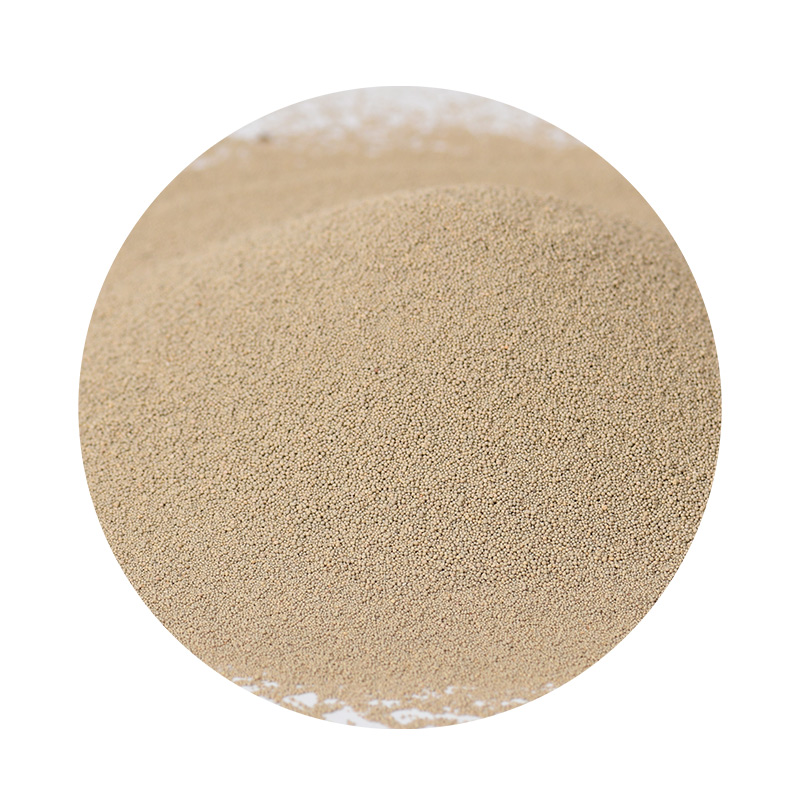

3. Detail Refinement As you define the shapes of your sculpture, use finer tools for intricate details. Brushes can help with smoothing surfaces, while knives or spatulas work for sharp lines and clear edges. 4. Finishing Touches Once your piece nears completion, consider using a mixture of water and sand to apply a fine finish that binds outer layers. This method helps reduce erosion, especially in outdoor displays. The Role of Weather and Location Another consideration for sand casting is environmental factors. The optimal conditions are critical for both the ease of work and the longevity of the sculpture. Mild temperatures and low wind levels create the best working conditions. While outdoor sand casting embraces the natural impermanence of the craft, the pieces can alternatively be constructed indoors for longer-lasting displays, using sandbox containers or indoor sculpting spaces. Building Expertise and Gaining Recognition Transitioning from casual interest to expertise requires practice, learning, and possibly formal education. Local art schools, online tutorials, and community workshops abound for those seeking to hone their skills. Additionally, entering sand sculpture competitions is an excellent method for gaining exposure and feedback from seasoned judges and fellow artists, which contributes significantly to building credibility and recognition in the field. The Importance of Preservation and Sharing Conservation is another aspect of the sand casting process, particular for those desiring their work to endure beyond the immediate creation phase. Applying sealing sprays composed of natural resins can prolong structural integrity, offering an ideal solution for indoor exhibitions. Sharing your work through digital platforms—photography, time-lapse videos, and social media posts—also allows for broader appreciation and connects you with the global sand casting community. In conclusion, the practice of sand casting affords an unmatched blend of satisfaction and creative expression. By honing technical skills and leveraging modern materials and techniques, one can produce sand sculptures that not only impress onlookers but also stand as a testament to the fascinating convergence of artistry and nature. As an interactive art form, sand casting presents an opportunity to engage a diverse audience, inspire community spirit, and maintain a timeless tradition with modern innovations. Post time:мар. . 06, 2025 17:13
Next:Ceramic casting sand for sand 3d printing
